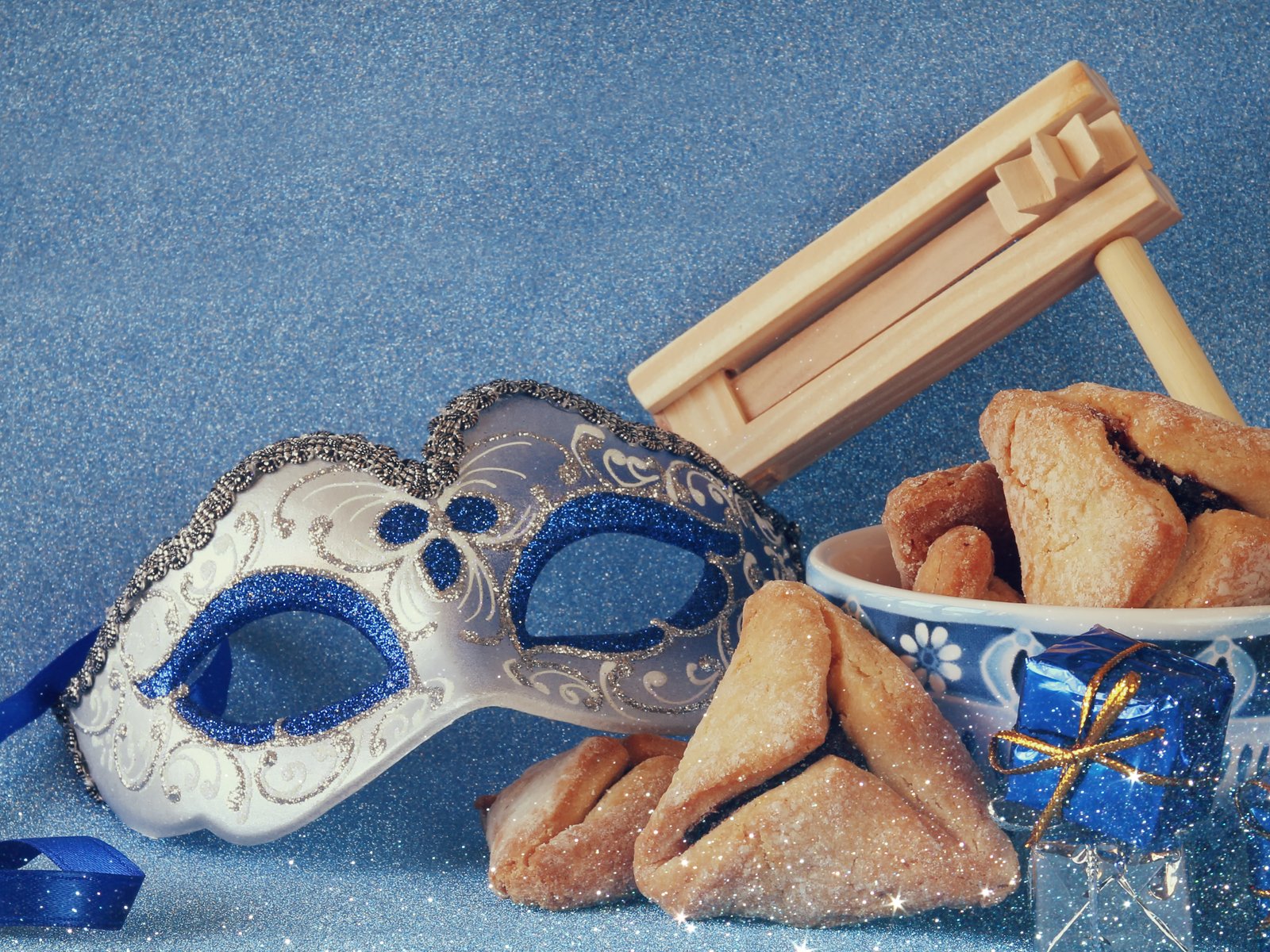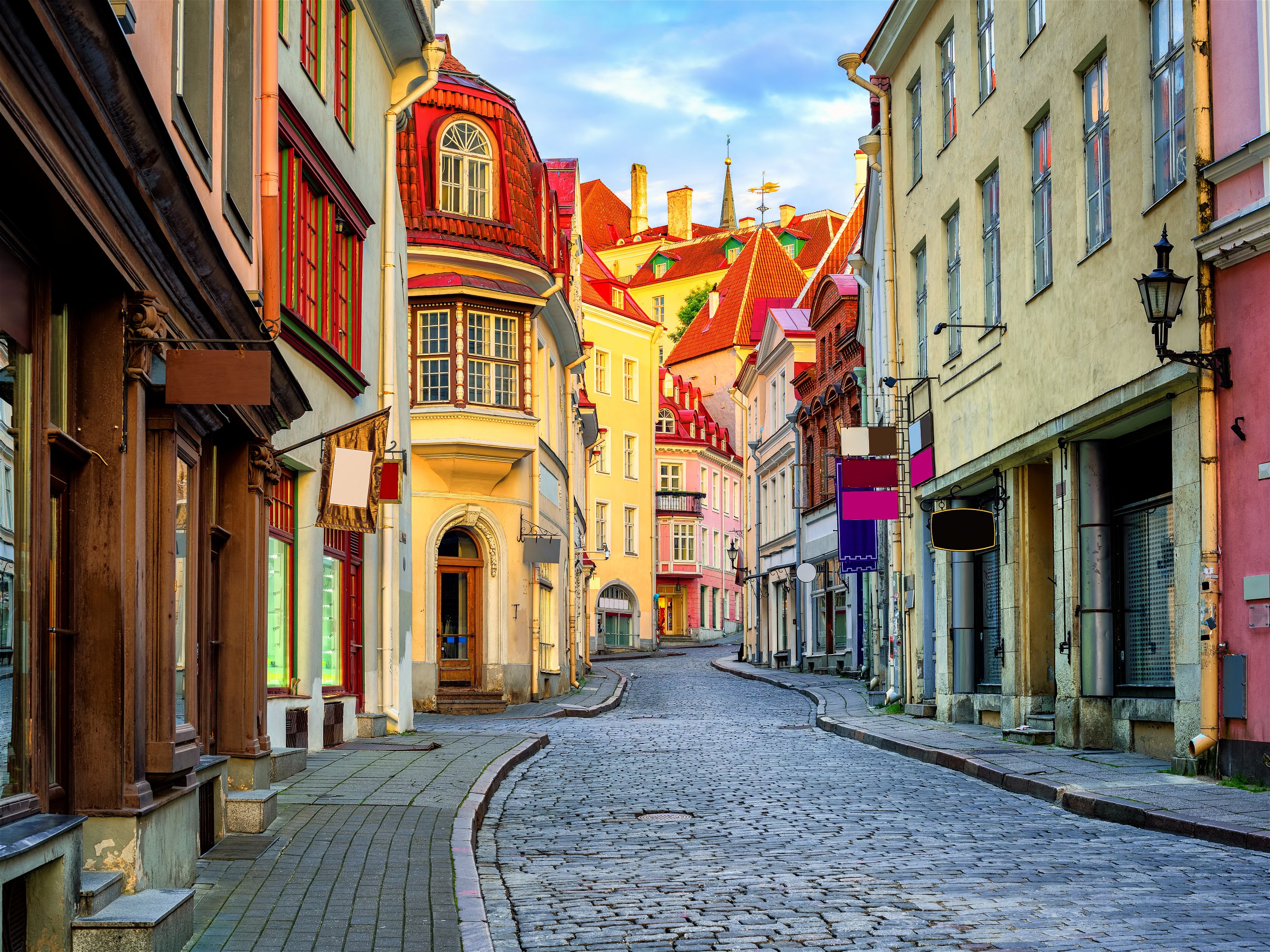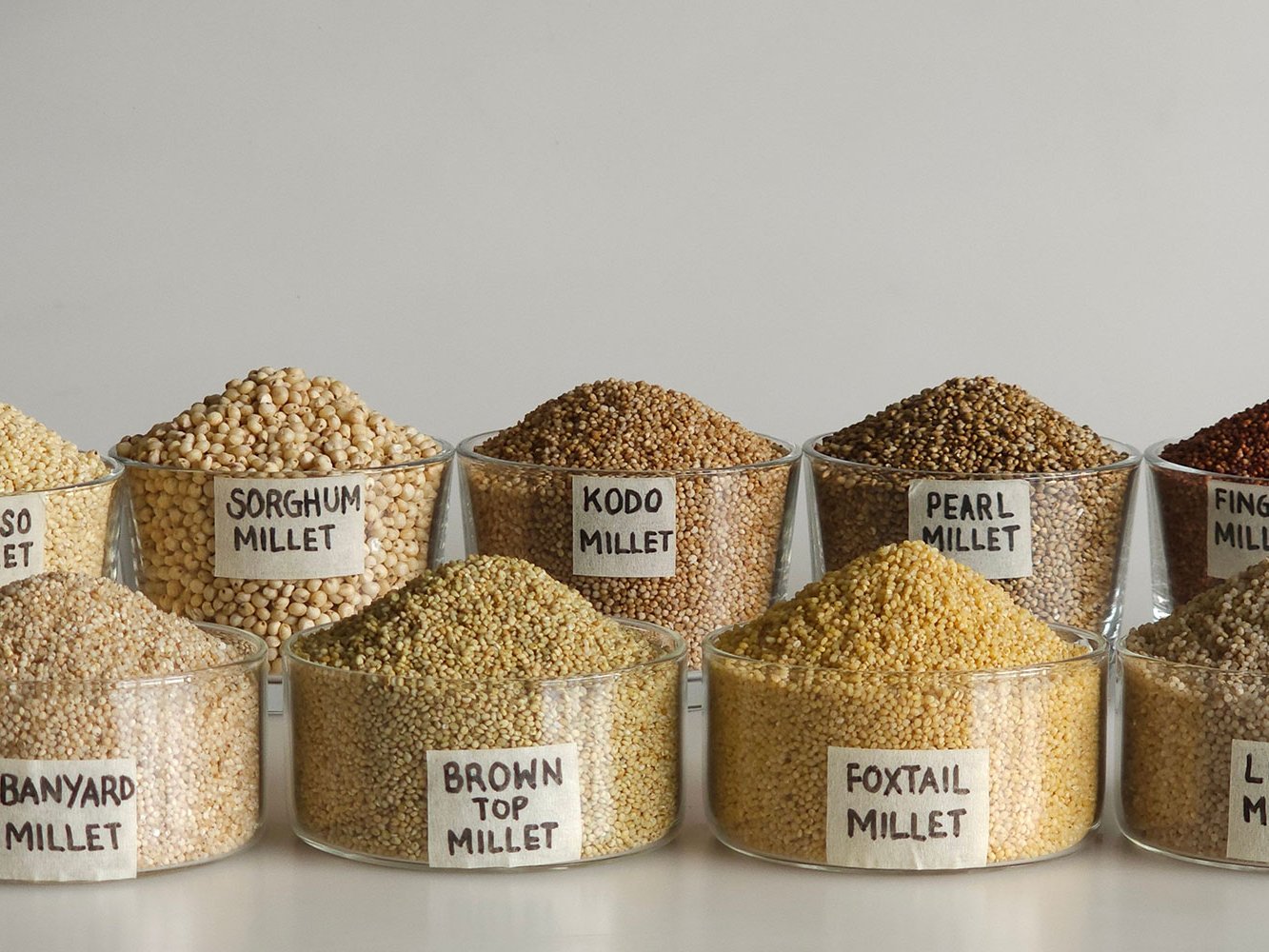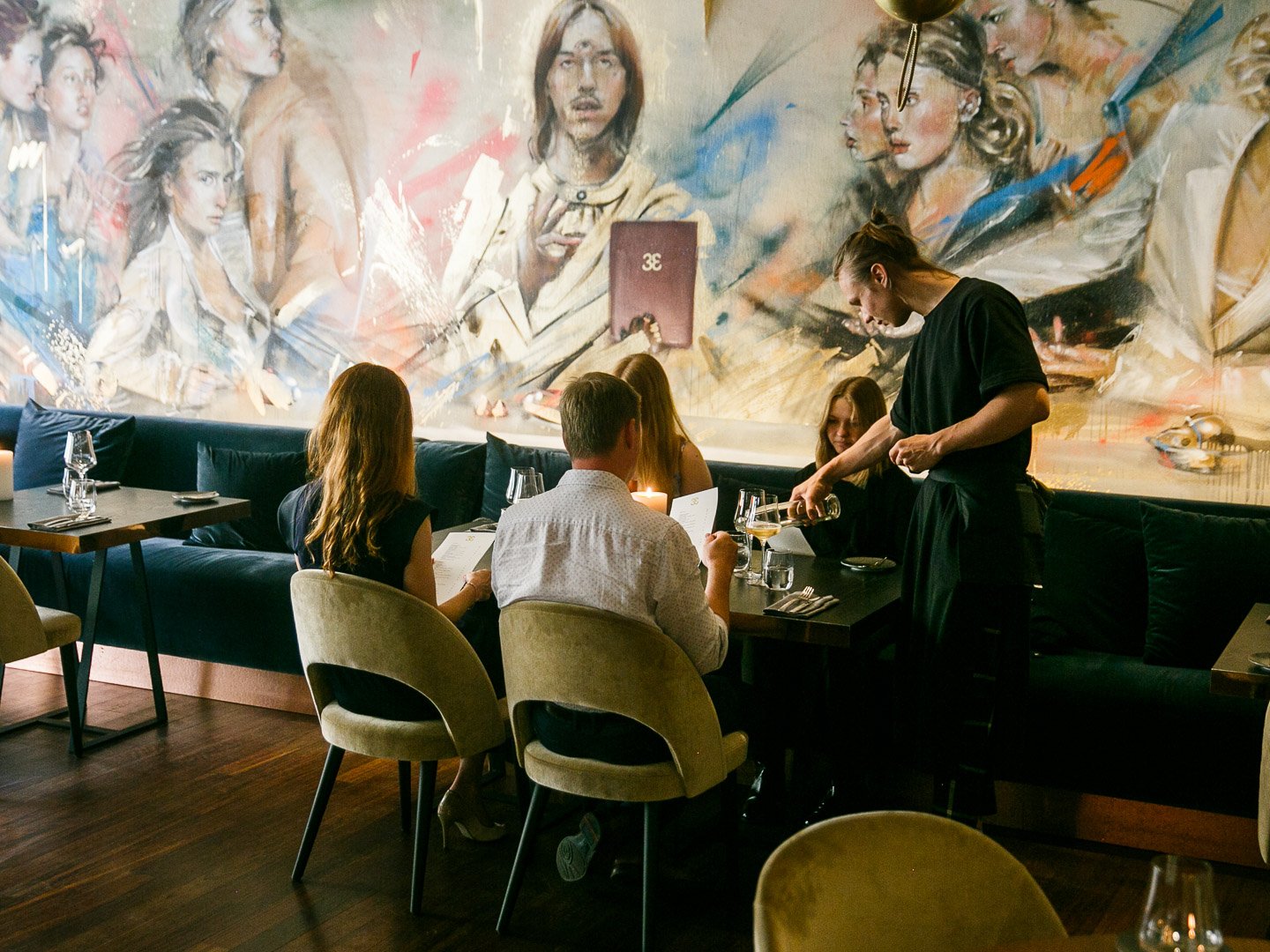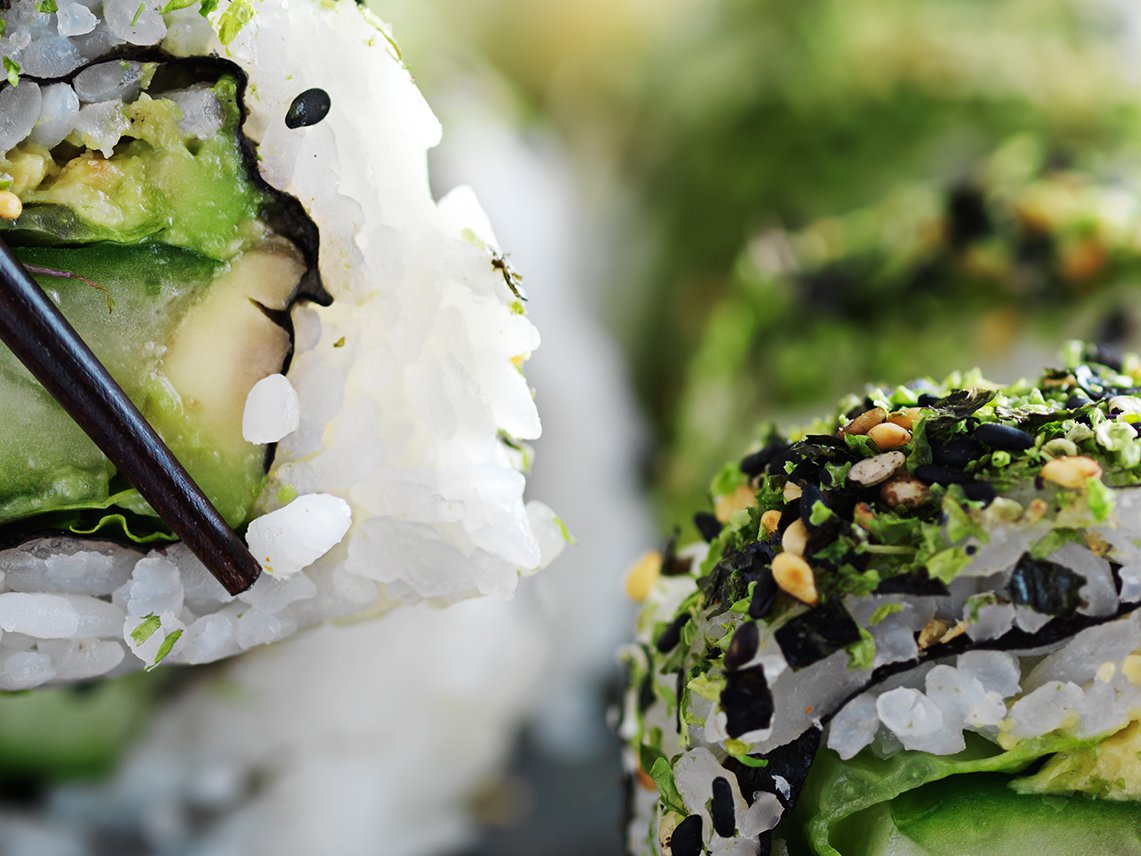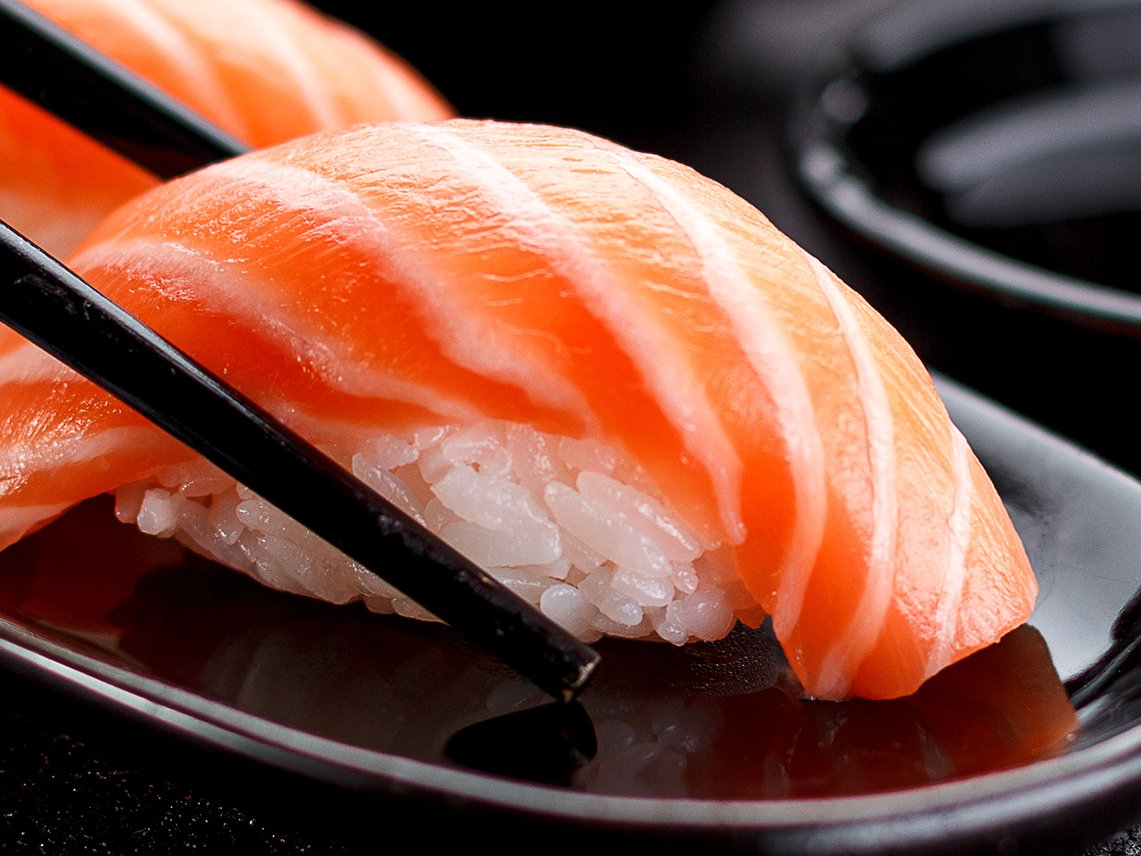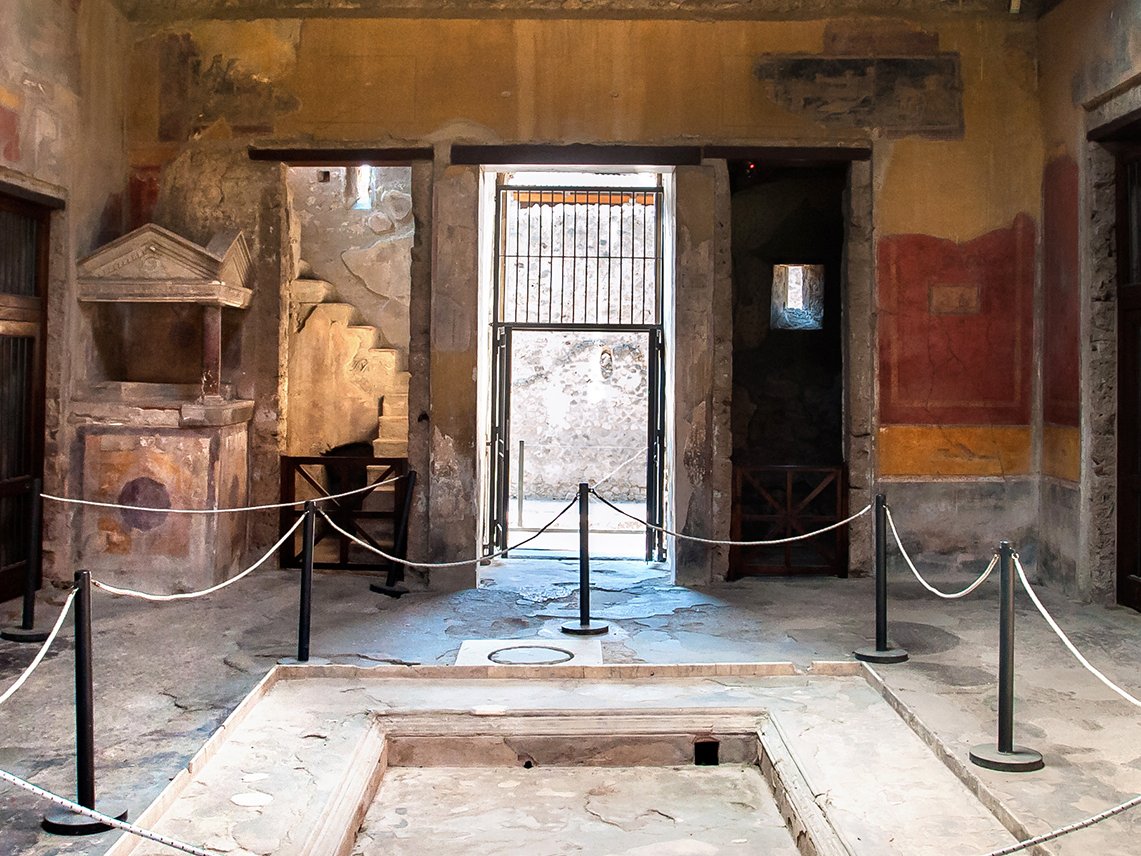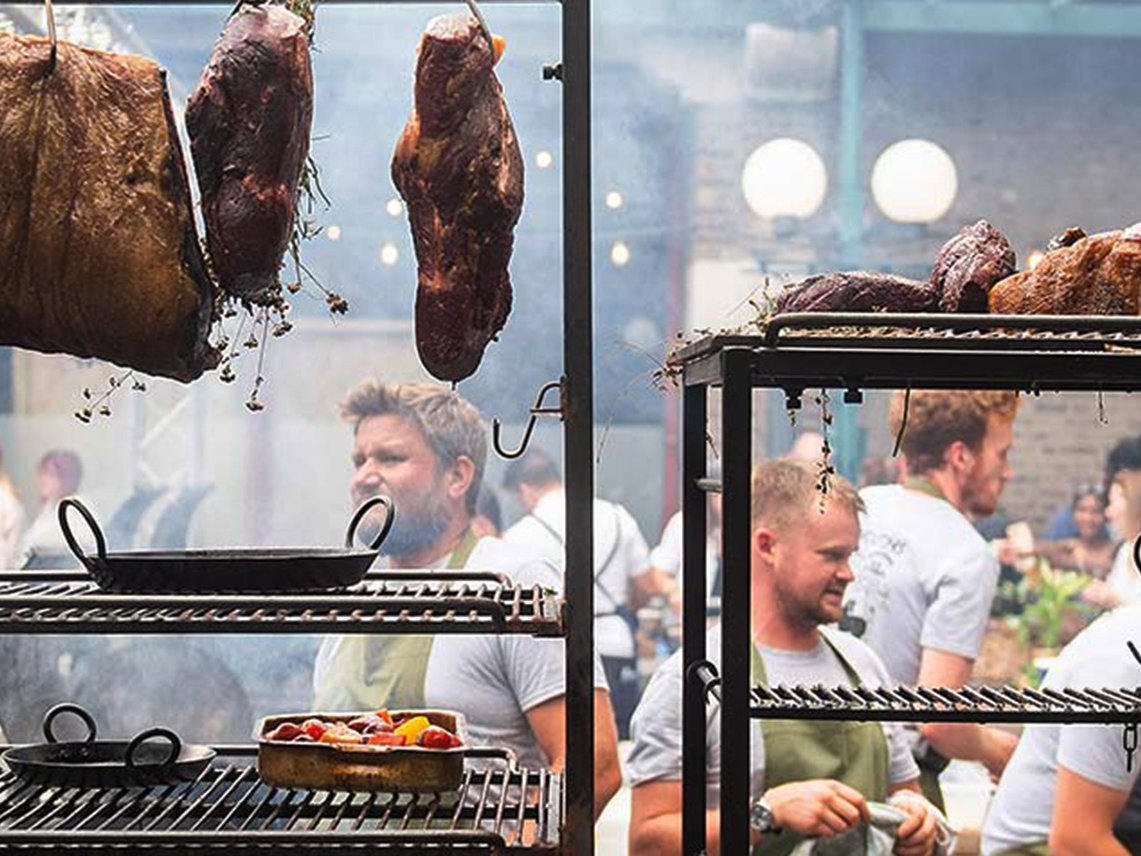Break-Fast: Culinary Traditions around Europe
After fasting, you can eat – even what was once reserved for the gods. We consider the most beautiful Easter traditions in Europe.
For Christians, Easter Sunday falls on April 17 this year, whilst Russian and Greek Orthodox will celebrate their Easter a week later, on April 24; so what of culinary traditions at this time of re-birth and celebration? The wholesomeness of hard-boiled ice cream, as eaten by millions in Catholic Central and Eastern Europe these days, is more than questionable. Even the Russians, completely unsuspicious of squeamishness in digestive matters, follow an age-old rule at Easter, "Whoever eats more than three Easter eggs sleeps on the divan." And preferably with the window wide open.
Regardless of this fleeting effect on the digestive tract, the coloured egg, as a symbol of life and the power of creation, has withstood the changes of cultures and religions for many thousands of years. Like the sacrifical lamb, it is a classic offering to the gods, who, in spring, have always been honoured with special feasts.
Easter, the feast of Christ's blood sacrifice, and its precursor Passover (commemorating the Israelites' liberation from Egyptian slavery) were originally celebrations of pagan joy at the return of the sun and the life force. Indeed, the term Easter is derived from Ostara, the name of the Teutonic goddess of dawn, spring and fertility who had the head and shoulders of a hare. She was also known as Eostre, from which the name of the female reproduction hormone estrogen derives. In her honour, eggs were buried in the ground around the vernal equinox.
In Ukraine, the tradition of brightly coloured eggs called pysanky, has survived from Old Slavic times. Eggs, decorated with intricate geometric patterns are considered, like the common Easter egg, a sign of the liberating renewing power of life, of creation, of resurrection. In pre-Christian times, pysanky had a similar meaning. As the starting point of chicks – and thus sacred symbols of potency, the only ones capable of awakening the power of the sun – eggs were revered. Painted eggs were offered as sacrifices to the sun god. And today? They are considered a special gift with which a young girl expresses her interest to a boy. Magical folklore like this has accompanied the time around the spring equinox since ancient times: streams roar, rabbits hop, hares box, asparagus grows. The sun shines and hens lay eggs again. One has survived another winter...and that needs to be celebrated.
Spanish Easter Picnic
In culinary terms, many regional traditions are remarkably similar, and yet it's worth looking for culinary delicacies away from the usual suspects – Easter ham, chocolate bunnies, foil-wrapped eggs, roast lamb – to foreign sacrificial tables. In Salamanca, Spain, for example, the holiday is traditionally celebrated with a picnic where Easter bread is served. Hornazo, as it is known, is a shamelessly rich stuffed bread dough of perfidious deliciousness: A yeast dough seasoned with ham lard and saffron is rolled out thinly, paved with hard-boiled eggs, spicy chorizo, slices of jamón serrano and lightly grilled fillet of acorn-fed pig, sealed with a thin layer of dough and brushed with egg yolk. After appropriate resting time it is baked in a moderately hot oven to golden splendour. This weighty loaf is a Lent-breaker of mediaeval format and today, since fasting has long been figuratively instead of religiously motivated, seems like the flesh-written mockery of any dietetics.
Easter Lamb and Co
At the far northern end of Europe it can still be very chilly at Easter, this no doubt explains traditional Finnish Easter pudding. Mämmi is a baked, rather wintry-looking pudding made from malted rye flour seasoned with Seville orange peel and served with un-whipped cream; it has put generations of Vikings in the Easter spirit. Unsurprisingly, it is also very popular in neighbouring Sweden and is even sold ready-baked in supermarkets.
In the mountains of the Ardèche in eastern France, they bake an Easter lamb from tender sponge cake, but before serving, sheep-white wool made from artfully undulating butter meringue is added. This combination of crumbly sponge cake and luscious cream is presumably considered by pious monks to be the first venial sin after Good Friday confession.
France is also the country where Easter eggs do not have to be hard boiled. Although Easter cakes here are often decorated with coloured eggs, the bulk of the eggs are reserved for a dish that is regarded throughout the country as the epitome of friendly shared enjoyment: the omelette. According to French culinary didactics, this classic egg dish only acquires enough volume when eight eggs are used to allow for the precious harmony of just-shelled and just-fluffy eggs.
A Large Omelette, Please!
The village of Bessières, at the foot of the Pyrenees, has taken this as an opportunity to bake a record omelette of gargantuan proportions on Easter Sunday. Seven thousand eggs and a special pan with a diameter of four metres (which can only be moved by crane) are necessary to turn the village square every year into a cheerful cult place of the 'Confrérie des Amateurs de l'Omelette Géante'. The rush has long been so great that another omelette from 5,000 eggs is made afterwards. The festivities last several days, the omelette brotherhood holds processions in full regalia whilst the officials from the Guinness Book of Records keep watch and count the eggshells.
Portugal also traditionally approaches the culinary revelation of Easter in baked form. Here the Feast Day pièce de résistance is Pão de Ló, a lightly-baked sponge cake whose uninhibited richness pours the joy of the resurrection into truly sweet form.
Orthodox Easter Breakfasts
Greek Orthodox Easter ceremonies are also serious and of rapturous beauty. However, the incense-laden atmosphere comes to an abrupt and archaic end with magiritsa, traditionally served after Midnight Mass: this thick soup is prepared from lamb offal garnished with romaine lettuce and finished with a lemon and egg sauce. The intestines are from the lamb carcass which is then grilled on a spit on Easter Day and eaten to honour the Risen Lord.
The legendary Russian kulich, a cake not unlike panettone but which is cylindrical in shape, is traditionally baked on Good Friday and consecrated by the priest on Easter Saturday. Here, too, richness is the order of the day. The high rising yeast dough with up to 15 egg yolks per kilo of flour is supposed to symbolise Mount Golgotha, where Jesus was crucified. It is sliced for the Russian Easter breakfast which is enjoyed immediately after the midnight service, the hour when Lent is finally over. In Soviet times, it was baked in old tin cans; today there are beautifully decorated paper molds that make it look even more like panettone. Other festive dishes include Paskha, a curd cheese dish in the shape of a truncated pyramid representing the tomb of Christ, painted hard-boiled eggs and Makovnik, or poppy seed cake.
As forty days of fasting ends, the vodka flows and the feasting continues until the sun rises on Easter morning and the festive company staggers outside to greet the first rays of sunshine, which are endowed with a special healing power on that day.

